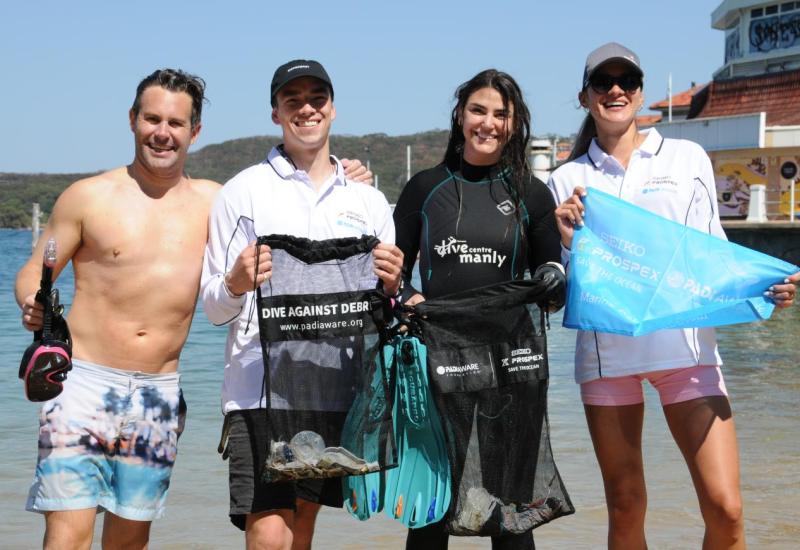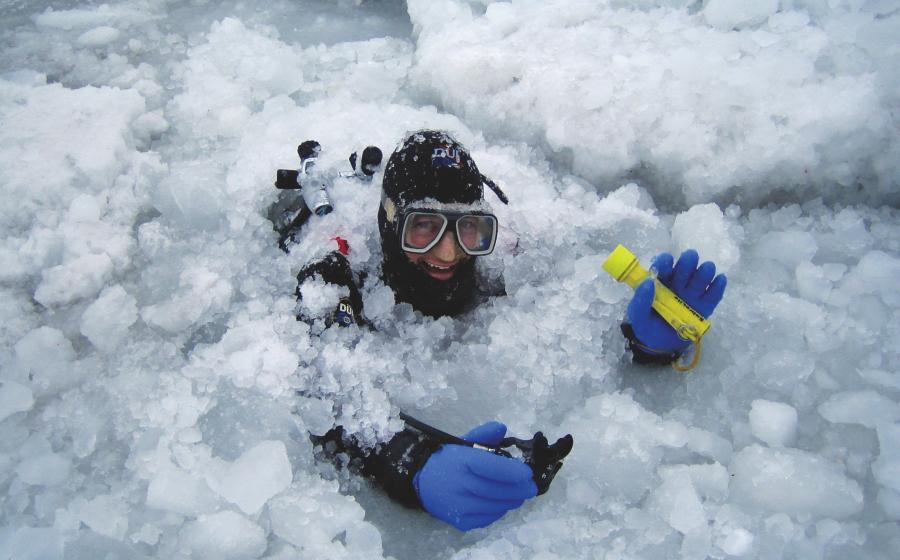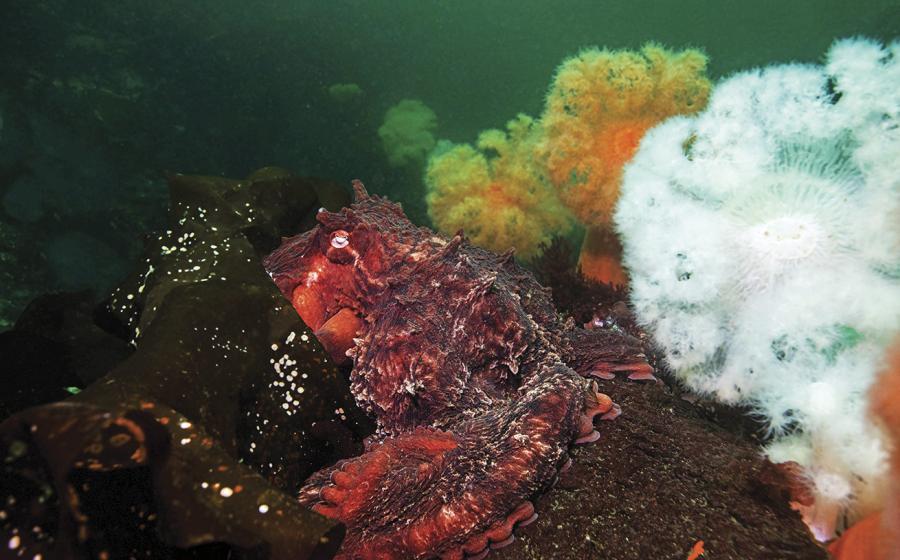What to Know About the Fourth Global Coral Bleaching Event
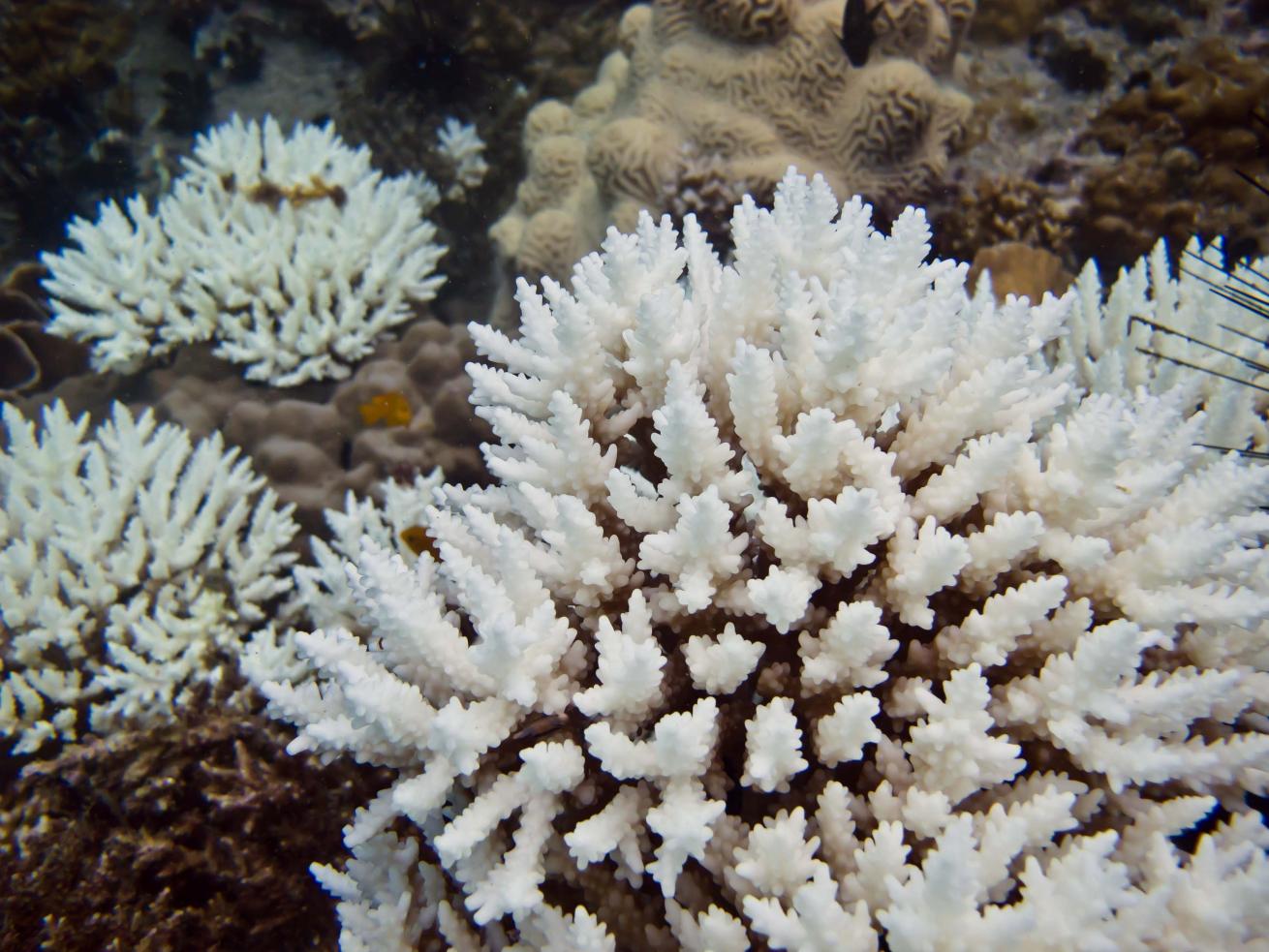
Shutterstock.com/Ekkapan PoddamrongNOAA confirms fourth global bleaching event.
Since February 2023, record-high global sea surface temperatures have stressed corals, leading to a fourth global bleaching event leaving the corals an eerie ghostly white. And some areas, like Florida, Cuba and the Bahamas, saw particularly high temperatures, according to the National Oceanic and Atmospheric Administration (NOAA).
“This should be viewed as another very urgent global warning on the state of ocean health,” said Derek Manzello, a coral reef ecologist with NOAA and coordinator of NOAA’s Coral Reef Watch Program. “Coral reefs and other marine ecosystems are experiencing severe and devastating impacts as the oceans continue to warm.”
Corals bleach when stress causes them to expel the helpful algae that live inside them, which give them their color. While corals can recover from mild bleaching, severe or long-term bleaching can kill corals. Even if they do recover, they are left more susceptible to disease, according to NOAA.
Since February 2023, 54 countries and territories spanning all oceans have reported severe coral bleaching. For an event to be deemed global, significant bleaching must occur in all three ocean basins—the Atlantic, Pacific and Indian—within a 365-day period.
The first global-scale bleaching event occurred in 1998 and it is estimated that 8 percent of the world’s corals died from that one event, Manzello said. After that, two more bleaching events happened, one in 2010 and one spanning 2014 to 2017. From 2009 to 2018, there was a further loss of 14 percent of the world’s corals.
The current fourth bleaching event is so far the worst on record, with 55.1 percent of the reef areas experiencing bleaching-level heat stress. That number is still increasing, according to NOAA. The first event had 20 percent reef areas impacted, the second had 35 percent, and the third had 56.1 percent over the course of three years, Manzello said.
Related Reading: Finding Hope for Florida’s Bleached Corals
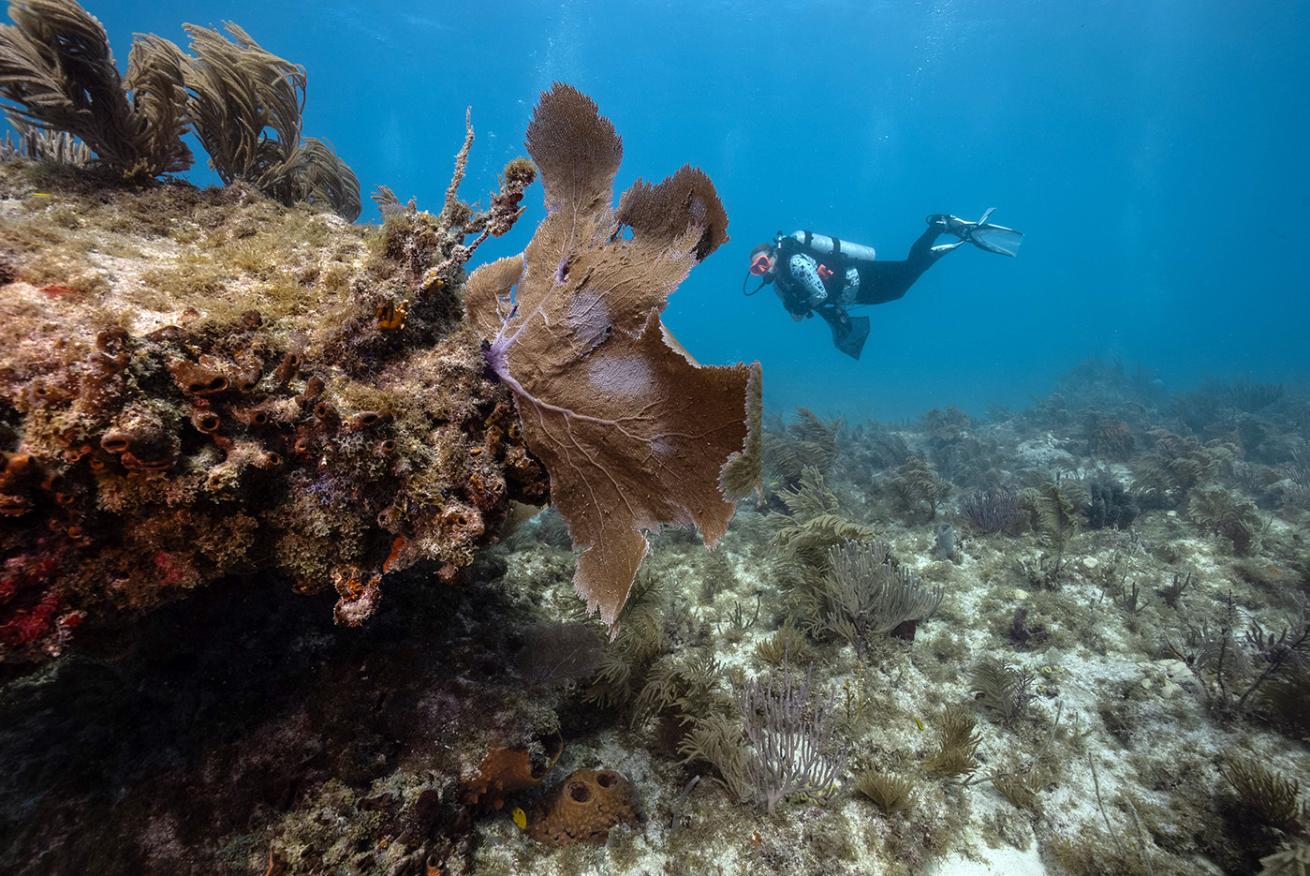
Kristin PaterakisRecreational divers and dive professionals can help be a part of preserving and protecting our vital coral reef ecosystem.
Awesome Allies
The PADI AWARE Foundation, a PADI partner, was a key player in providing data to NOAA and international institutions. Through its Adopt the Blue program, member-adopted underwater sites for conservation action, PADI AWARE was able to utilize its entire network of dive professionals, centers and sites.
For this pilot coral program, which was very quickly initiated, the dive professionals picked five specific corals to monitor over a three-month period, according to PADI AWARE global director Danna Moore. Every few days, or whenever they were able to visit them, they took photos to determine if the corals were bleached, recovered or not recovered.
“We could activate our entire system to be able to take conservation action, and that's why our mission is to drive local action for global ocean impact, we are able to do that at the local level and ladder it up to the global level,” Moore said.
"The collaboration of PADI AWARE Foundation’s Adopt the Blue and NOAA's Coral Reef Watch demonstrates how divers play a critical role in the fight to preserve and protect our vital coral reef ecosystems for future generations," said Manzello.
Looking Ahead
Despite the dire situation, Manzello says, “a nugget of hope is that El Niño is forecasted to end.” El Niño events bring warmer temperatures, while La Niña events bring cooler temperatures. “The current forecast is that there is a 60 percent chance that La Niña will develop by June-August 2024. La Niña will drive cooling in the eastern tropical Pacific initially, and hopefully across the wider Indo-Pacific. Once this happens, the amount of reef areas experiencing bleaching-level heat stress should begin to decline,” he added.
In the meantime, NOAA and other agencies are doing what they can to save and restore reefs, investing in cutting-edge technology “with the ultimate goal of helping shepherd coral reefs through this century,” Manzello said.
Related Reading: Unprecedented Mass-Bleaching and Significant Coral Mortality in the Florida Keys
In Florida specifically, NOAA took proactive efforts to help combat the bleaching event, through its Mission: Iconic Reefs program and its partner Reef Renewal USA. NOAA established a deep-water coral nursery in about 70 feet of water off the coast of Tavernier, Florida. The scientists translocated corals from their shallow-water home nursery to the deep-water nursery. More than 90 percent of the corals survived.
“Aggressive intervention and restoration techniques are crucial to ensuring that coral reefs are able to continue to provide the ecosystem services that directly benefit so many people,” said Manzello.



